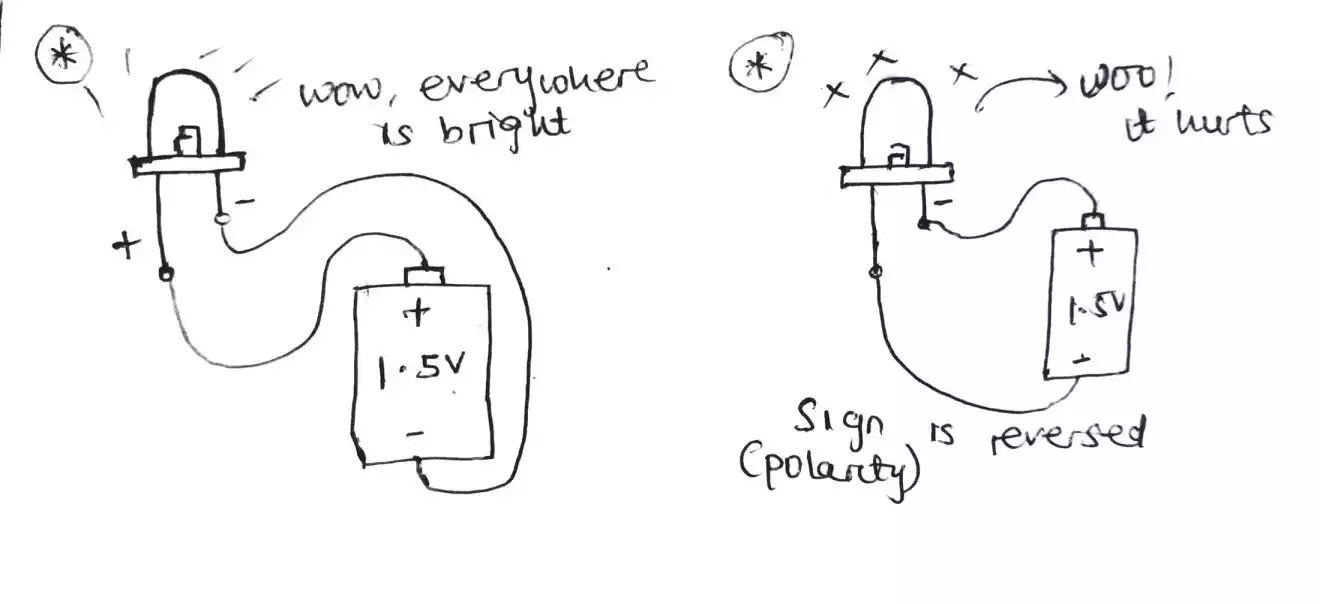What are the characteristics of transverse waves?
Table of Contents

Image credit: Shiksha.com
What are Transverse Waves?
Transverse waves are a type of wave where the particles in the medium vibrate perpendicular to the direction of the wave’s propagation.
Imagine throwing a pebble in a pond — the ripples on the water surface move outwards, but the water molecules themselves bob up and down, not along with the wave.
Properties of Transverse Waves
1. Perpendicular Movement
As mentioned earlier, the defining feature is the transverse vibration. In simpler terms, the particles move up and down or side to side as the wave travels forward.
2. Crests and Troughs
Transverse waves form characteristic peaks and valleys. The highest point is called a crest, while the lowest point is a trough.
3. Amplitude
This refers to the maximum displacement of the particles from their resting position. Higher amplitude means larger peaks and valleys, signifying more energy carried by the wave.
4. Wavelength
This is the distance between two consecutive crests (or troughs) of the wave. It represents the spatial extent of one complete cycle of the wave.
5. Frequency
This refers to the number of cycles (oscillations) the wave completes per second. It is measured in Hertz (Hz) and determines the wave’s pitch (for sound waves) or color (for light waves).
6. Polarization
Some transverse waves, like light waves, can be polarized. This means the vibrations are restricted to a specific plane perpendicular to the direction of travel.
Polarized sunglasses, for example, block unwanted glare by filtering out light with specific polarization.
7. Wave Speed
This depends on the properties of the medium and the frequency of the wave. The general relationship is wave speed = wavelength x frequency.
8. Reflection, Refraction, and Diffraction
Like other waves, transverse waves can undergo reflection (bouncing off a barrier), refraction (bending when entering a different medium), and diffraction (spreading out around obstacles).
Difference from Longitudinal Waves:
Longitudinal waves, in contrast, have the particles of the medium vibrating parallel to the direction of wave propagation.
Imagine pushing a slinky back and forth — the wave moves forward, but the individual coils compress and expand along the same direction.
Here’s the key difference:
1. Particle Movement
While transverse waves have up-and-down or side-to-side motion, longitudinal waves have compression and expansion along the wave’s direction.
2. Examples
Examples of transverse waves include water waves, light waves, and radio waves.
Examples of longitudinal waves include sound waves and seismic P-waves.
FAQs
1. Can transverse waves travel through a vacuum?
No, transverse waves typically require a medium for propagation and cannot travel through a vacuum.
2. How do polarized sunglasses work?
Polarized sunglasses selectively block certain orientations of light waves, reducing glare and improving visibility, thanks to the polarization property of transverse waves.
3. What is the significance of understanding wave properties in engineering applications?
Understanding wave properties, including those of transverse waves, is crucial in designing and optimizing various engineering systems, such as communication networks, seismic monitoring devices, and medical imaging technologies.
4. Are all electromagnetic waves transverse waves?
Yes, electromagnetic waves, including light and radio waves, exhibit transverse wave behavior, with electric and magnetic fields oscillating perpendicular to the direction of wave travel.
5. How do transverse waves differ from longitudinal waves?
Transverse waves involve particle motion perpendicular to the wave’s direction, while longitudinal waves feature oscillations parallel to the wave propagation.
This fundamental difference influences their behavior and applications in different contexts.





